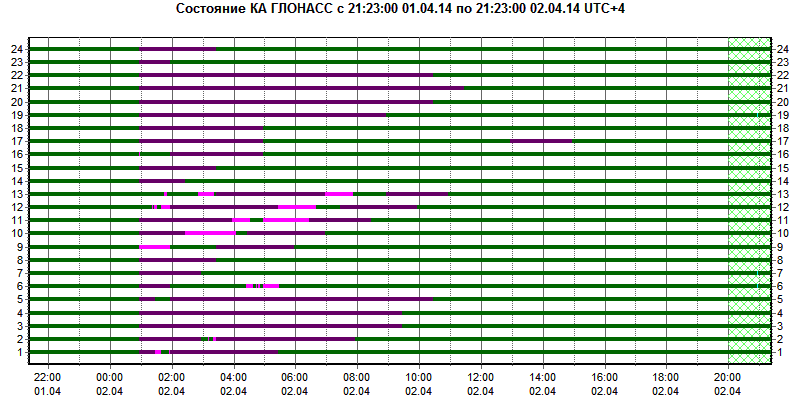Michel Monnerat: Out of Africa — GNSS
SIDEBAR: Michel Monnerat’s Compass Points
“I was born in Arles, in the south of France,” says Michel Monnerat, “but I left France before my first birthday. We moved many times, from place to place.”
Monnerat’s father worked for a civil engineering company, specializing in maritime works — harbor construction, coastal protection, and such. His family lived in Ivory Coast, Cameroon, and Tunisia, but Monnerat spent most of my early life in Lomé, the capital city of Togo.
By Inside GNSS















